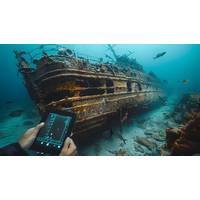
Billions in Lost Treasure: How Modern Technology Is Revealing Hidden Riches from the Depths!
hidden here as well.The Atlantic Ocean off of the east coast of the United States has long been known for its treasure hunting activity. Explorers come to search wrecked ships like the SS Central America and merchant vessels lost during World War II that have come aground there. Additionally English Channel and Mediterranean Sea waters were heavily trafficked by merchant and military vessels for centuries - both providing prime hunting grounds.Estimating the Total Treasure Recovered Since WWIIWhile it is impossible to precisely determine the total treasure recovered since World War II, treasure

How Do You Build Tunnels and Bridges Underwater?
through the ground, removing the excavated material out behind it. Done with care, this method can successfully build a tunnel through the ground beneath a body of water that can then be lined and reinforced.Engineers used this method to build the Chunnel, for instance, a railway tunnel beneath the English Channel that connects England and France.While modern machinery is quite advanced, this method of construction started about 200 years ago with the tunneling shield. Initially, these were temporary support structures that provided a safe space from which workers could excavate. New temporary structures
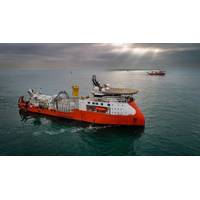
Prysmian Commissions Inter-Array Cable System at French Offshore Wind Farm
Prysmian Group has commissioned the inter-array cable system for the Fécamp offshore wind farm, located in the English Channel, offshore France.The Fécamp offshore wind farm is composed of 71 wind turbines with a total capacity of nearly 500MW.It will be able to generate clean electricity equivalent to the power needs of over 770,000 people.Prysmian had secured this project in 2020 with a contract awarded by EDF Renewables and its partners.Asso.subsea was contracted by Prysmian Group to execute the seabed preparation, installation and protection works for the cables. The company completed
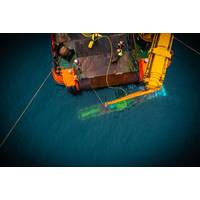
MTR100: Subsea Batteries
years ago to reduce emissions and costs and boost operational flexibility. The self-contained, battery-powered ROV can operate for extended periods of time without being recovered to surface.RS Aqua’s batteries were recently put on SEABER’s YUCO micro-ROV when it successfully crossed the English Channel in less than eight hours. Credit: SEABER FR.Earlier this year, Verlume’s seabed battery intelligent energy storage system, Halo, was deployed as part of the Renewables for Subsea Power project in Scotland. The system enables AUVs to dock, recharge batteries, upload data and receive new
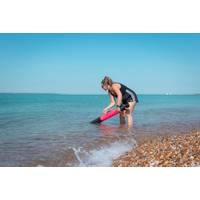
First Underwater Drone Crossing of the English Channel
Earlier this year, the YUCO became the first micro–Autonomous Underwater Vehicle (AUV) to successfully cross the English Channel from Folkestone, England, to Wissant, France. The crossing, a partnership between RS Aqua and SEABER, took less than 8 hours.The AUV measures just under one meter long and weighs 10 kg, small but mighty enough to battle its way through the highly variable weather conditions and strong currents in the Channel – also considered to be one of the busiest shipping lanes in the world.To maintain accurate navigation and keep the mission on track, the YUCO

Kremlin’s Threat to Interfere with Undersea Data Cables Should Be Taken Seriously
, places that are more vulnerable and where the impact would be more extensive. This includes sites where several crucial cables could be attacked at the same time. These are known as “chokepoints”.For instance, several important cables surface in the port of Marseilles – and the English channel and the Red Sea have a high density of cables. Also, island states, such as Ireland, are more vulnerable because they do not have terrestrial connections as backup.So Medvedev’s threat should be taken seriously, but should not be blown out of proportion.What’s behind the threat?Once
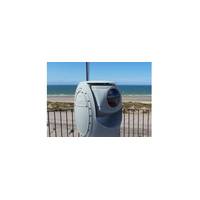
New Sensors Expected to Reduce Illegal Immigration Across English Channel
French and British authorities have ordered infrared panoramic detection systems from French company HGH to help reduce illegal immigration across the English Channel.The two countries have previously signed a “smart border” agreement worth 72.2 million euros for the period 2022-2023. The aim is to use advanced technologies to secure the coastline and prevent people drowning onboard makeshift boats.HGH will provide its SPYNEL solutions which allow for permanent and continuous surveillance. They will be used in addition to the surveillance provided by patrols, drones and planes already used
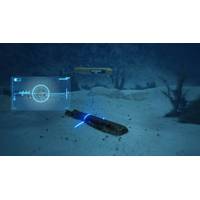
Racing to the Bottom: Seabed Warfare Brings Threats, Opportunities
may seem new, so-called “seabed warfare” has actually been around for over a century. During the Spanish-American War, the United States severed undersea cables in both the Philippine and Caribbean theaters. At the outset of World War I, Britain severed five German cables laid across the English Channel, a move which enabled the British to intercept the Zimmerman telegram, a pivotal intelligence success that contributed to the United States entering the war. And at the height of the Cold War, the United States employed highly specialized manned submarines to tap Soviet undersea cables in the
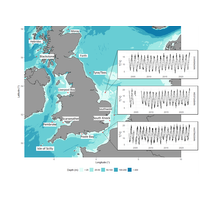
New WaveNet Data Shows Record UK Sea Temperatures
the south and east of England hit record breaking levels this summer, new data published by Cefas shows.The data provided by WaveNet shows that sites in Tyne/Tees (off the Yorkshire coast), Dowsing, Southwold, Gabbard (in the southern North sea), South Knock (Thames estuary) and Hastings (in the English Channel) and around to Poole Bay in the Western Channel have reached new highs. In the southern North Sea, temperatures were above 20 degrees for several weeks and reached 21 degrees at South Knock beating the last 20 years of data previously collected.While these waters are typically the warmest in
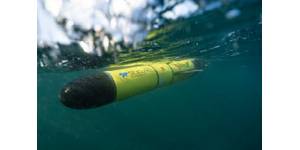
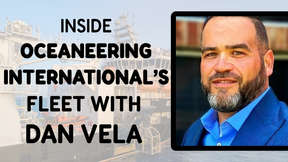
 August 2025
August 2025





